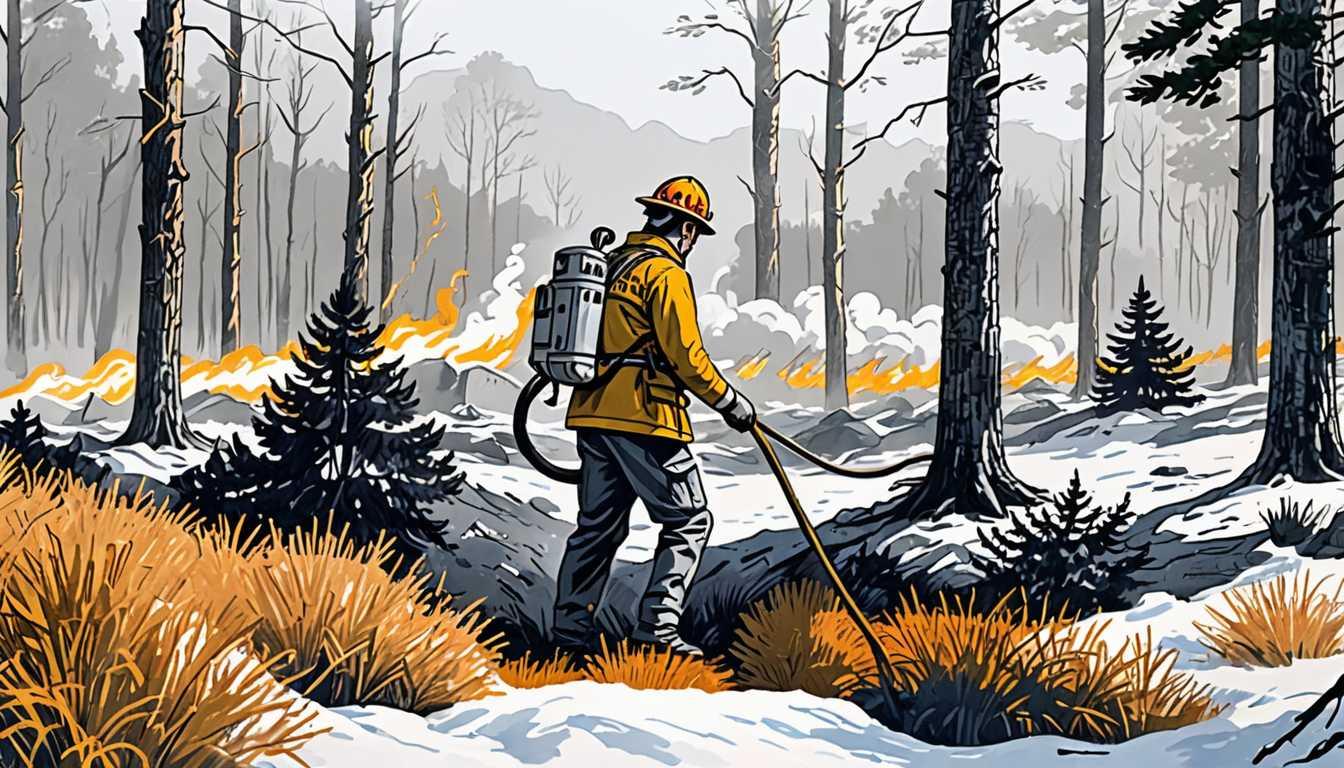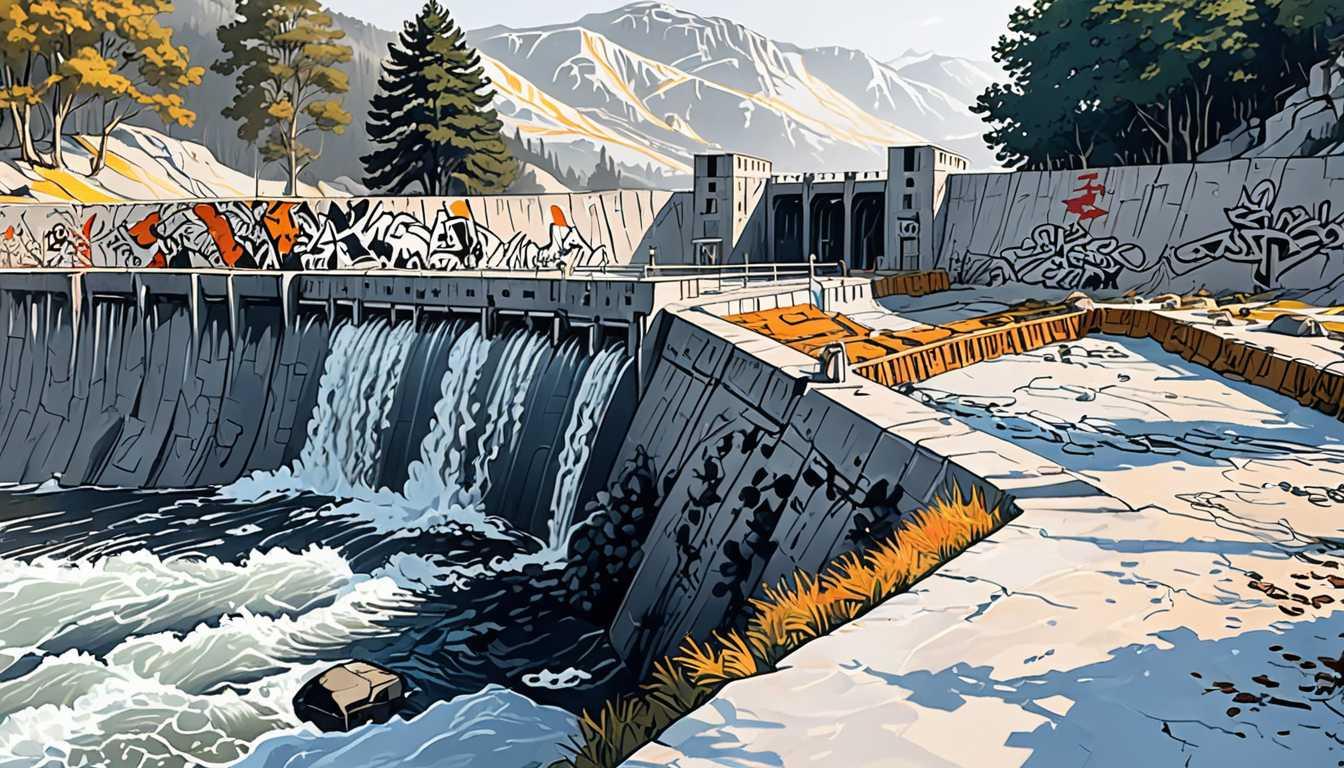Green Spaces: LA's Fountain of Youth
April 2023
Phys Org
Introduction
Dive into the green side of LA with UCLA researchers uncovering a leafy secret to longevity! This study, blossoming in Environment International, shows that more parks and trees in Los Angeles County, especially in neighborhoods that are currently concrete jungles, could mean a longer life for its residents. It's not just about adding a splash of green; it's about bridging the life expectancy gap in communities of color. Who knew that a few more trees and parks could potentially add years to your life? Check out the full story on Phys Org and discover how LA could grow older, one tree at a time.
READ FULL ARTICLEWhy It Matters
Discover how this topic shapes your world and future
Green Dreams - How Parks Could Power Our Lifespan
Imagine living in a place where the simple addition of more trees and parks around your neighborhood could help you and everyone around you live longer, healthier lives. This isn't a fantasy; it's a reality that researchers are exploring in Los Angeles County. Studies have shown that areas with more green spaces, like parks and tree-lined streets, not only look nicer but could also boost the life expectancy of residents, especially in communities of color that are often "park poor." This means that by understanding and advocating for more greenery in our neighborhoods, we're not just talking about beautifying spaces – we're talking about fighting health disparities and giving everyone a fair shot at a longer, happier life. This is crucial not just for people in Los Angeles but globally, as urban areas around the world grapple with similar challenges. As a student, recognizing the power of green spaces could inspire you to think differently about your environment and how it affects your health and well-being.
Speak like a Scholar
Life expectancy
The average period a person is expected to live. It can vary widely based on factors like where you live, your lifestyle, and access to healthcare and green spaces.
Census tract
A geographic region defined for the purpose of taking a census. Think of it as a way to break down a large area like a county into smaller, more manageable pieces for study.
Disparities
Differences that are often unfair or unjust. In this context, health disparities refer to the unequal health outcomes seen across different racial or socioeconomic groups.
Blueprint
A detailed plan or model guiding the development of something. Researchers hope their findings can serve as a blueprint for creating healthier communities.
Modifiable environmental factors
Aspects of our environment that can be changed or controlled, like the amount of green space in urban areas, to improve health outcomes.
Vegetation
Plant life or plant cover in an area. Increasing vegetation in urban areas can include planting more trees or creating new parks.
Independent Research Ideas
The psychology of green spaces
Explore how access to parks and green areas can impact mental health and cognitive development in adolescents. This could involve looking into stress reduction, mood improvement, and even academic performance.
Urban planning for healthier cities
Investigate how cities around the world are integrating green spaces into urban planning to address public health issues. This could include case studies of cities that have successfully increased their green coverage and the health outcomes observed.
Climate change and urban greenery
Examine the role of urban parks and trees in combating climate change and how this can, in turn, influence public health. This topic could delve into the science of carbon sequestration by trees and the cooling effects of green spaces.
Social equity and access to green spaces
Research how socioeconomic status and race affect access to green spaces in urban areas and the long-term health implications of these disparities. This could involve mapping green space distribution and analyzing health data across different communities.
Innovative green space solutions in overcrowded cities
Explore creative solutions for increasing green spaces in densely populated urban areas where traditional parks might not be feasible. This could include rooftop gardens, vertical forests, or the transformation of abandoned urban areas into green spaces.




